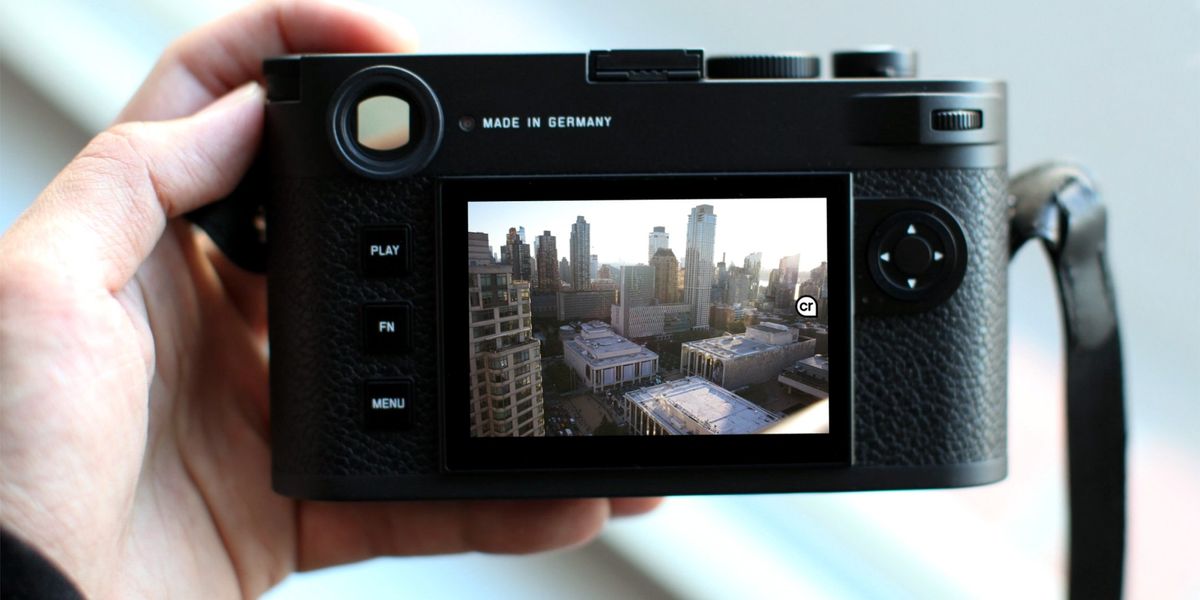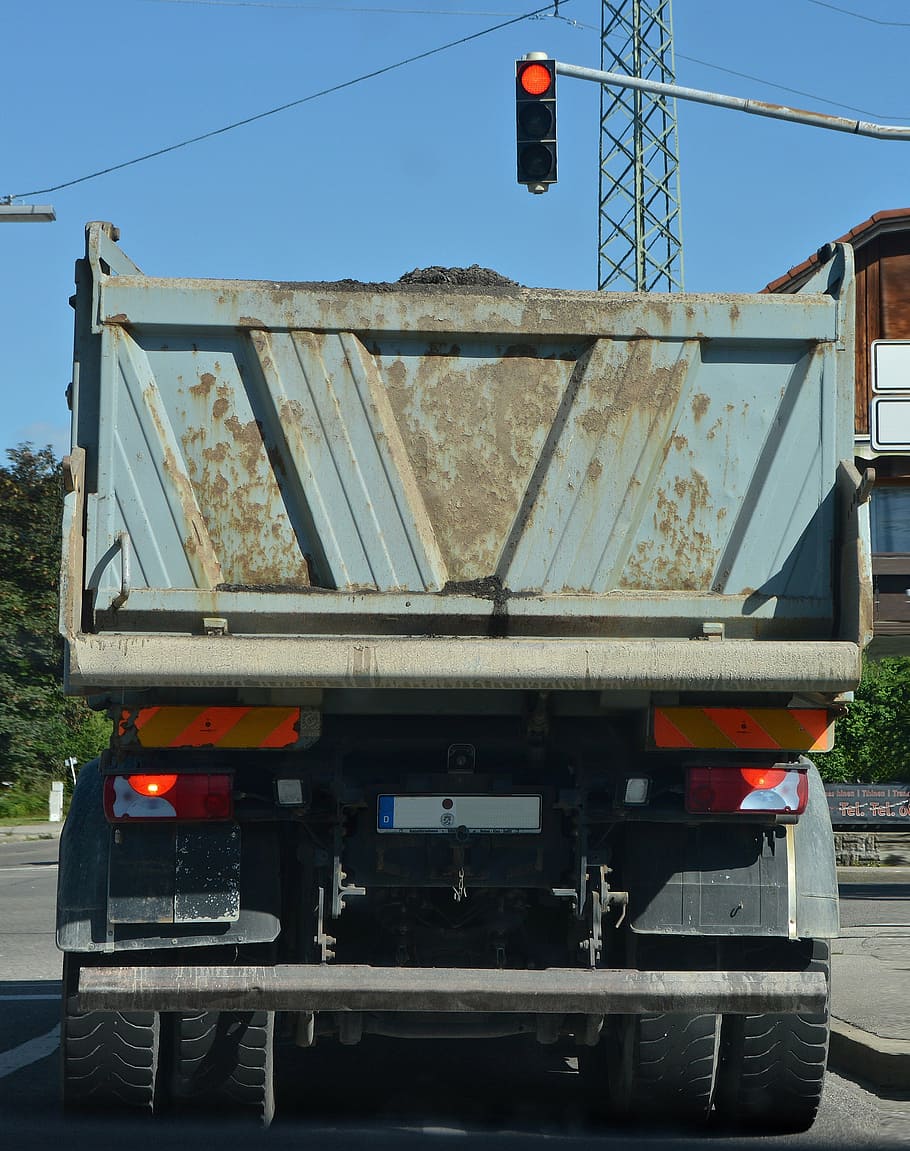This is tilting at windmills. If someone has physical possession of a piece of hardware, you should assume that it’s been compromised down to the silicon, no matter what clever tricks they’ve tried to stymie hackers with. Also, the analog hole will always exist. Just generate a deepfake and then take a picture of it.
You have it backwards. This is not too stop fake photos, despite the awful headline. It’s to attempt to provide a chain of custody and attestation. “I trust tom only takes real photos, and I can see this thing came from Tom”
And if the credentials get published to a suitable public timestamped database you can also say “we know this photo existed in this form at this specific time.” One of the examples mentioned in the article is the situation where that hospital got blown up in Gaza and Israel posted video of Hamas launching rockets to try to prove that Hamas did it, and the lack of a reliable timestamp on the video made it somewhat useless. If the video had been taken with something that published certificates within minutes of making it that would have settled the question.
That doesn’t really work. If the private key is leaked, you’re left in a quandary of “Well who knew the private key at this timestamp?” and it becomes a guessing game.
Especially in the scenario you posit. Nation-state actors with deep pockets in the middle of a war will find ways to bend hardware to their will. Blindly trusting a record just because it’s timestamped is foolish.
You’re right, it isn’t perfect so we shouldn’t bother trying. 🙄
In this case yes, because if it’s not perfect, then it’s perfectly useless
Couldn’t I just change the camera date?
We’re talking about a signature that’s published in a public database. The camera’s timestamp doesn’t matter, just the database’s.
If all that you’re interested in is the timestamp then you don’t even really need to have a signature at all - just the hash of the image is sufficient to prove when it was taken. The signature is only important if you care about trying to establish who took the picture, which in the case of this hospital explosion is not as important.
How is a hash of the image supposed to prove anything about when it was created?
You post it publicly somewhere that has a timestamp. A blockchain would be best because it can’t be tampered with.
That proves it existed at a specific time in the past, not that it didn’t exist before that. What’s stopping a hash of the Mona Lisa on a block chain with today’s date?
Maybe each camera has a different public/private key?
And Tom’s camera gets hacked by an evil maid and then where are you? Exactly. This is snake oil.
Unless the evil maid is also capable of time travel there’s no way for them to mess with the timestamps of things once they’ve been published. She could take some pictures with the camera but not tamper with ones that have already been taken.
Ah, DRM for your photos.
Great.
Not at all. From what I understand of this article, it wouldn’t stop you from doing anything you wanted with the image. It just generates a signed certificate at the moment the picture is taken that authenticates that that particular image existed at that particular time. You can copy the image if you like.
This is an adorable show of optimism.
🙄
Digital signatures are not nefarious. Quit freaking out about things just because you don’t understand them.
It’s how this works.
Forgive the cynicism, but: free, for now.
What happens when the company decides all of a sudden to lock the service behind a subscription pay wall?
Do you still maintain rights to your photos when you use this service?
I have no idea what you’re proposing be “locked behind a subscription pay wall.” The certificate exists and is public from the moment the picture is taken. It can be validated by anyone from that point forward, otherwise it would be pointless. Post the timestamp and the public key on a public blockchain and there’s nothing that can be “taken away” after that.
Your rights to your photos are from your copyright on them. This service shouldn’t affect that. Read the EULA and don’t sign your rights away and there’s no way they can be taken.
I suppose if they are running some kind of identity-verification service they could cut you off from that and prevent future photos you take from being signed after that, but that doesn’t change the past.
What happens is the signature attached to the photo becomes impossible to maintain when the photo is edited, but the photos themselves are no different from any other photo. In other words, just a return to the status quo.
This isn’t DRM. I can’t believe you have so many upvotes for such blatant FUD.
Welcome to
RedditLemmy, where everyone just reads the title and jumps to conclusions based on that
If only I knew how to create my own firmware for Leica… then I could call the same crypto-chip and sign any picture I’d like. (Oh wait! There’s a github for hacking Leica M8 firmware!)
So basically I would just have to screenshot the image or export it to a new file type that doesn’t support their fancy encryption and then I can do whatever I want with the photo?
The point is that they can show anybody interested the original with the signature from the camera.
The problem is that you can likely attack the camera’s security chip to sign any photo, as internally the photo would come from the cmos without any signing and the camera would sign it before writing it to storage.
Just like stealing an NFT.
You wouldn’t download a car
i would probably download a cock and suck it
I think this is probably great for specific forensic work and similar but the problem with deepfakes isn’t that people can’t determine their veracity. The problem is that people see a picture online and don’t bother to even check. We have news sources that care about being accurate and trustworthy yet people just choose to ignore them and believe what they want.
Everyone talking about hacking the firmware to extract the private key
Me just taking a photo of the deepfake
Ctrl + F “Blockchain”
… Oh?
Well that’s a suprise, a system that actually is comperable to block chain in a different medium doesn’t plaster it everywhere. We’ve certainly seen more use over much much less relevance.
Neat tech. Hope it catches on.
And where do you see any resemblance to a blockchain?
From the article it is just cryptographic signing - once by the camera with its built-in key and once on changes by the CAI tool which has its own key.
Great article/paper on why this isn’t a good idea: https://www.hackerfactor.com/blog/index.php?/archives/1010-C2PAs-Butterfly-Effect.html
That was a great read. I love take downs.
Maybe I am misunderstanding here, but what is going to stop anyone from just editing the photo anyway? There will still be a valid certificate attached. You can change the metadata to match the cert details. So… ??
I don’t know about this specific product but in general a digital signature is generated based on the content being signed, so any change to the content will make the signature invalid. It’s the whole point of using a signature.
I was too tired to investigate further last night. That is the case here, sections of data are hashed and used to create the certs:
https://c2pa.org/specifications/specifications/1.3/specs/C2PA_Specification.html#_hard_bindings
Which means that there isn’t a way to edit the photo and have the cert match, and also no way to compress or change the file encoding without invalidating the cert.
so it’s for jpeg shooters, basically. unfortunately the leica bodies aren’t really known for producing good jpegs.
I’m not expert in encryption, but I think you could store a key in the device that encrypts the hash, then that encrypted hash is verified by Leica servers?
“that it’s a true representation of what someone saw.”
Someone please correct me if I’m wrong but photography has never ever ever been a “true” representation of what you took a picture of.
Photography is right up there with statistics in its potential for “true” information to be used to draw misleading or false conclusions. I predict that a picture with this technology may carry along with it the authority to impose a reality that’s actually not true by pointing to this built-in encryption to say “see? the picture is real” when the deception was actually carried out by the framing or timing of the picture, as has been done often throughout history.
Informacam has a similar “chain of custody” goal but was developed for existing devices. Guardian Project was involved with CameraV, the android version for mobile devices. It looks like Proofmode is now the active project & it’s available for ios as well as android. https://proofmode.org/
I was wondering when crypto content would become a thing like this.
It’s one of the most obvious uses for it, I’ve suggested this sort of thing many times in threads where people demand “name one actually practical use for blockchains.” Of course so many people have a fundamental hatred of all things blockchain at this point that it’s probably best not to advertise it now. Just say what it can do for you and leave the details in the documentation for people to dig for if they really want to know.
Damn $9,000?
It is a Leica.
Yeah. In eurotrip a dork got a BJ just for owning a Leica.
You mean young Ben shapiro
I don’t think that was him. https://m.imdb.com/name/nm5458588/
Also, WTF is he just cranking trash out?
Alt-Right Bluey will always make me laugh.
What a pathetic person.
Not literally him lol, just looks like him. And yeah, you expect a grifter to make quality media?
Do they really have literally nothing except being contrarians? https://m.imdb.com/title/tt8052768/?ref_=nm_flmg_t_3_prd
This is cool and all. But I am more concerned about finding a way to prevent my images from being scraped for AI training.
Something like an imperceptible gray grid over the image that would throw off the AI training, and not force people to use certain browsers / apps.
This is awesome, thanks for sharing!
After reading I think it perceptively alters the image, but I’m definitely going to play around with it and see what’s possible.
Beware, this is made by Ben Zhao, the University of Chicago professor who stole open source code for his last data poisoning scheme.










